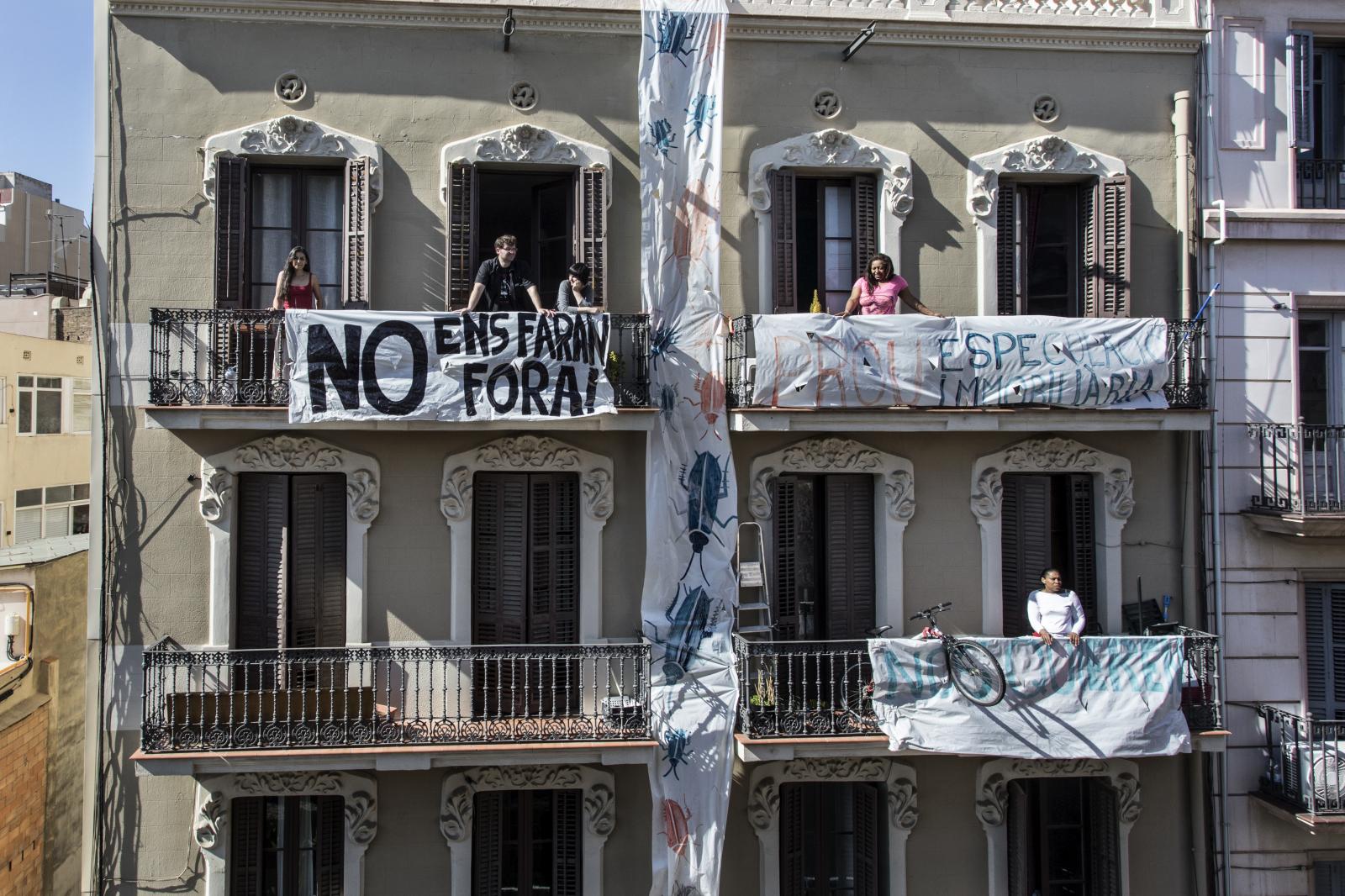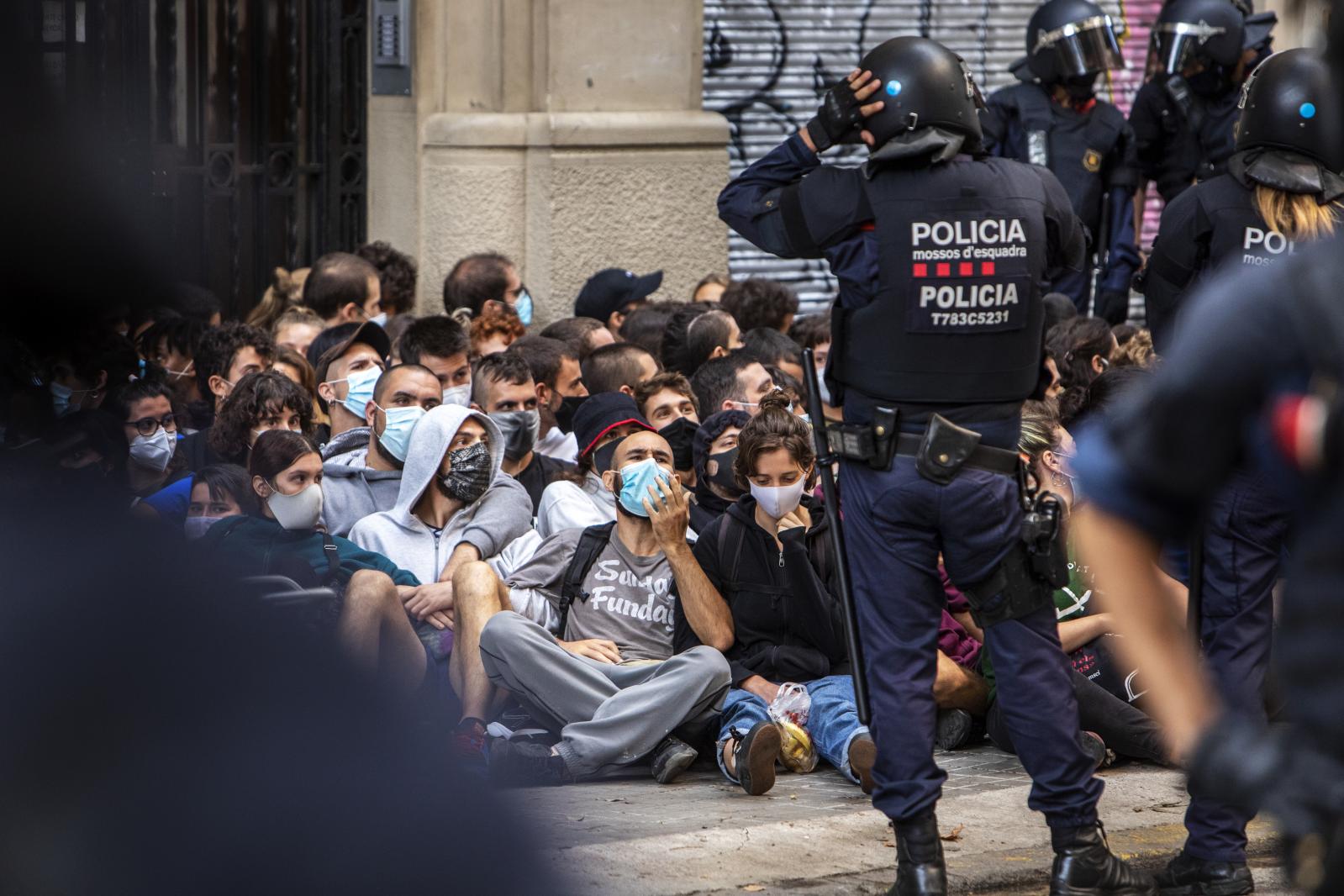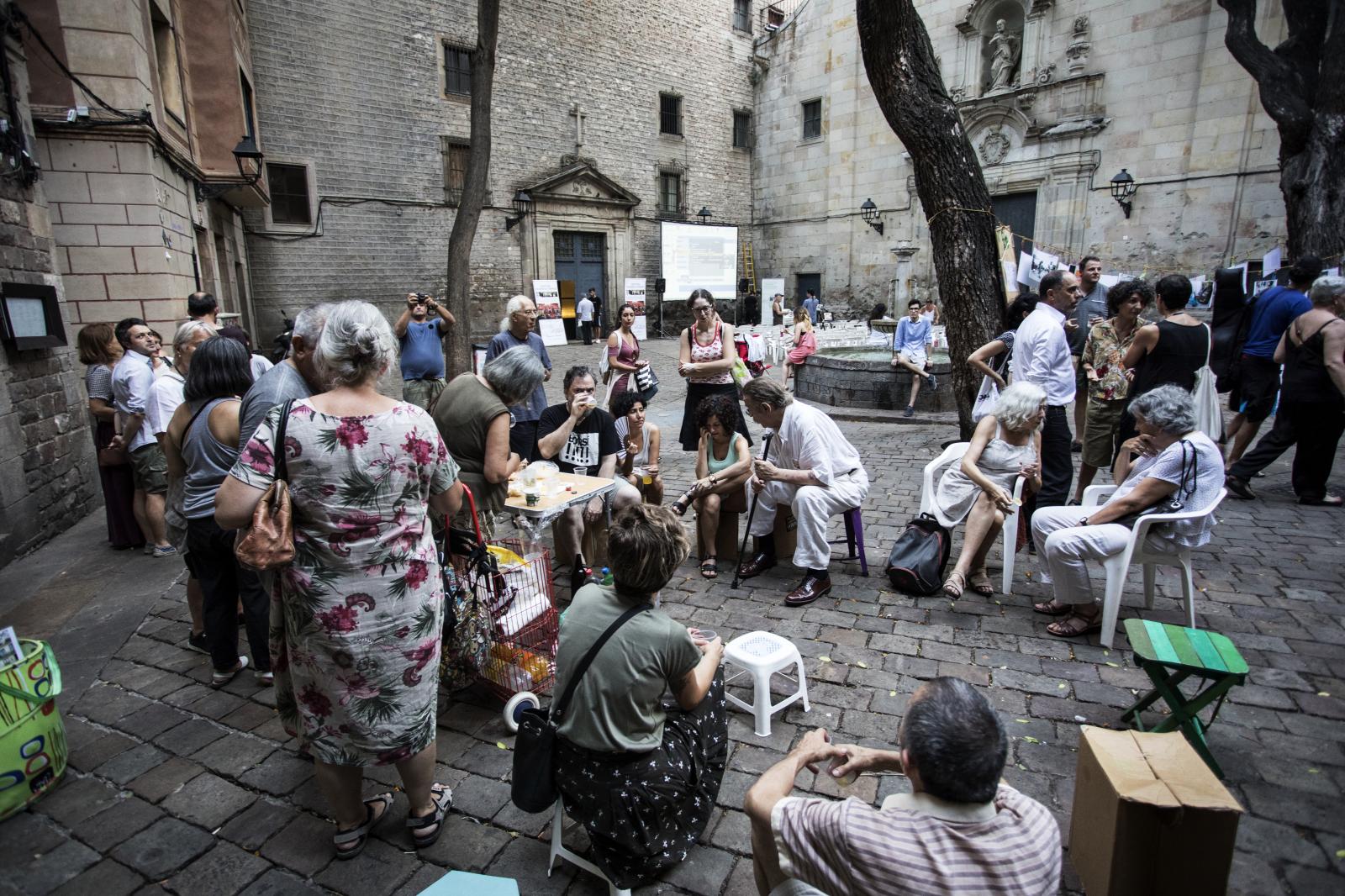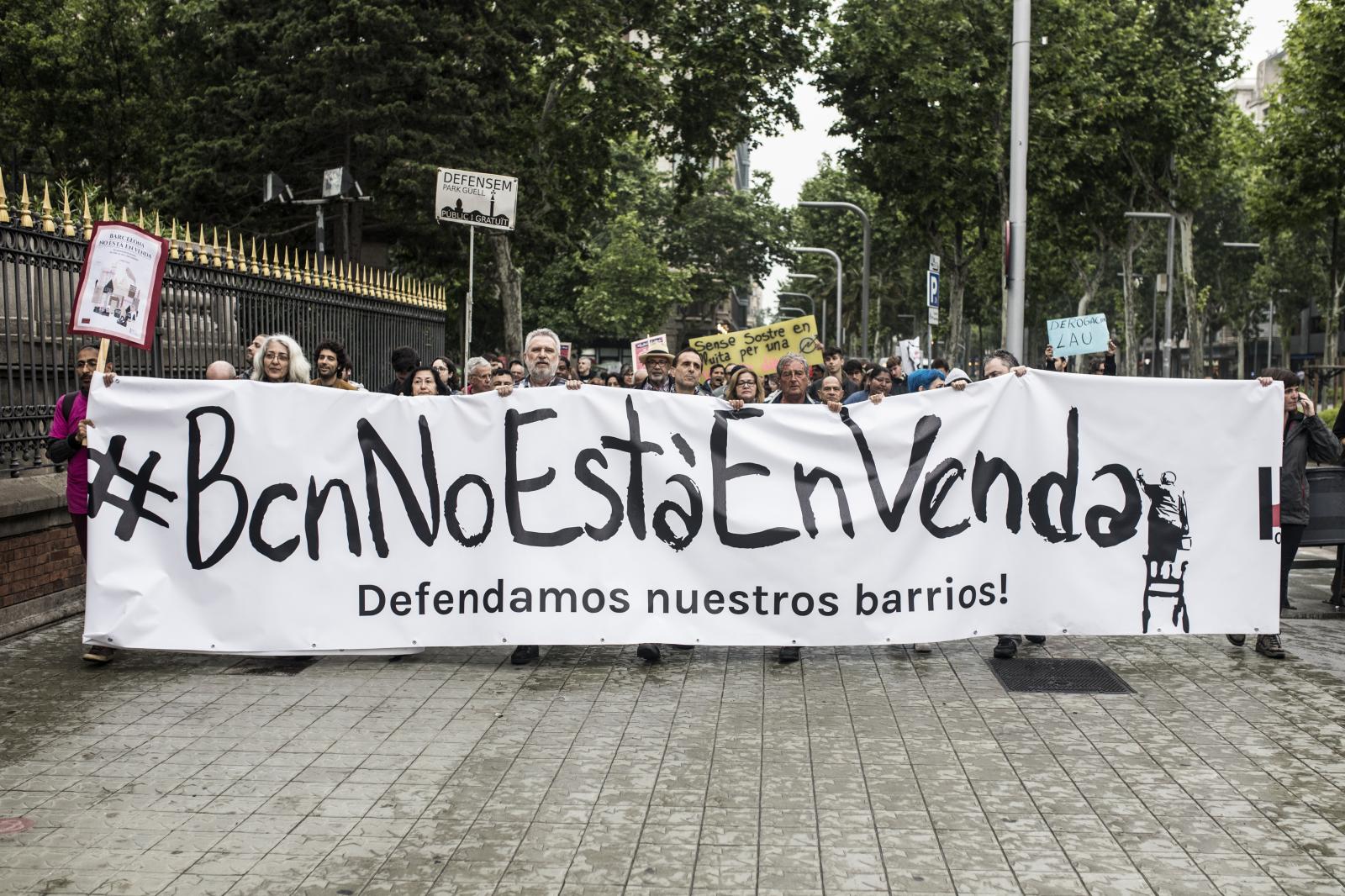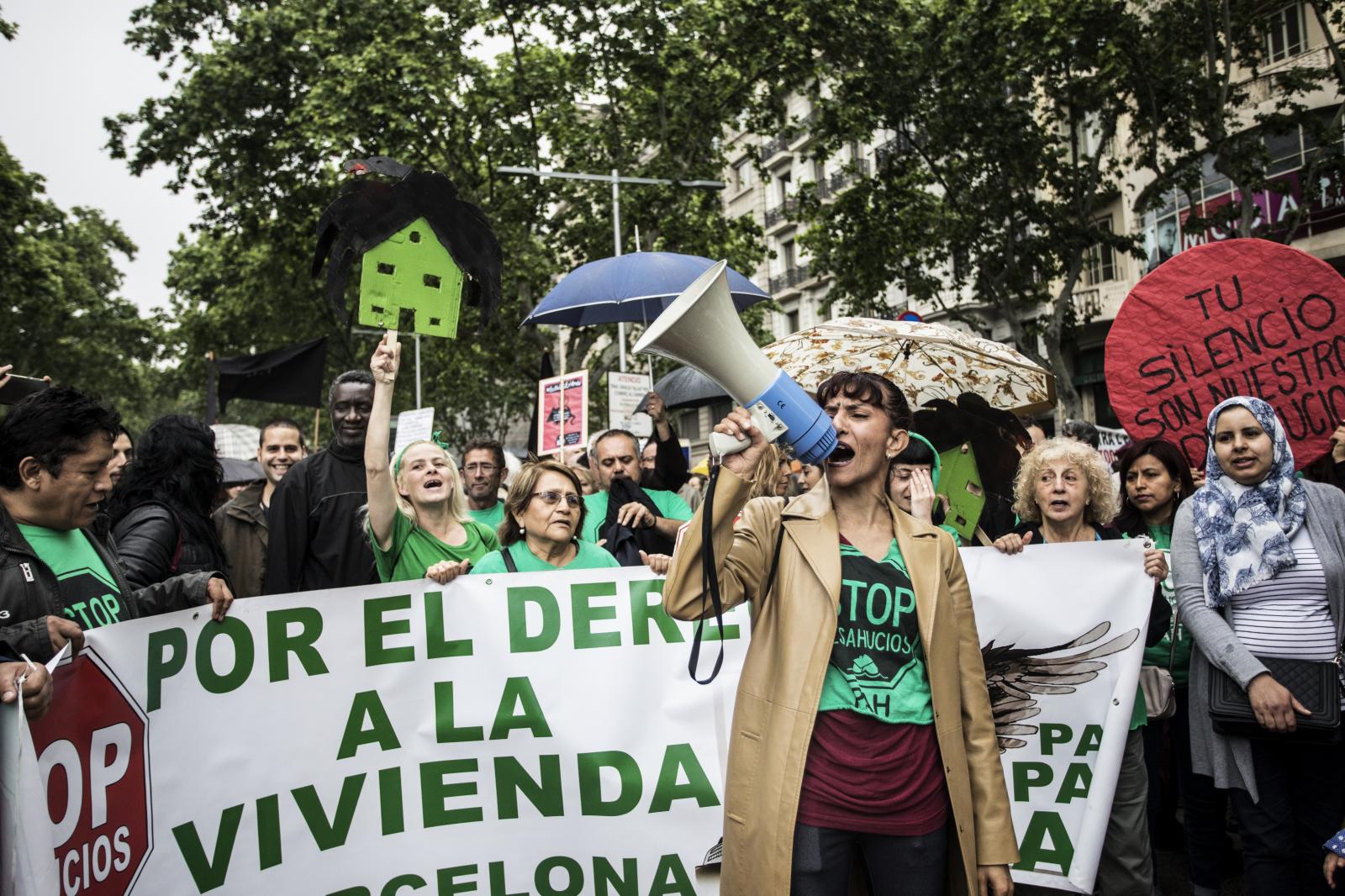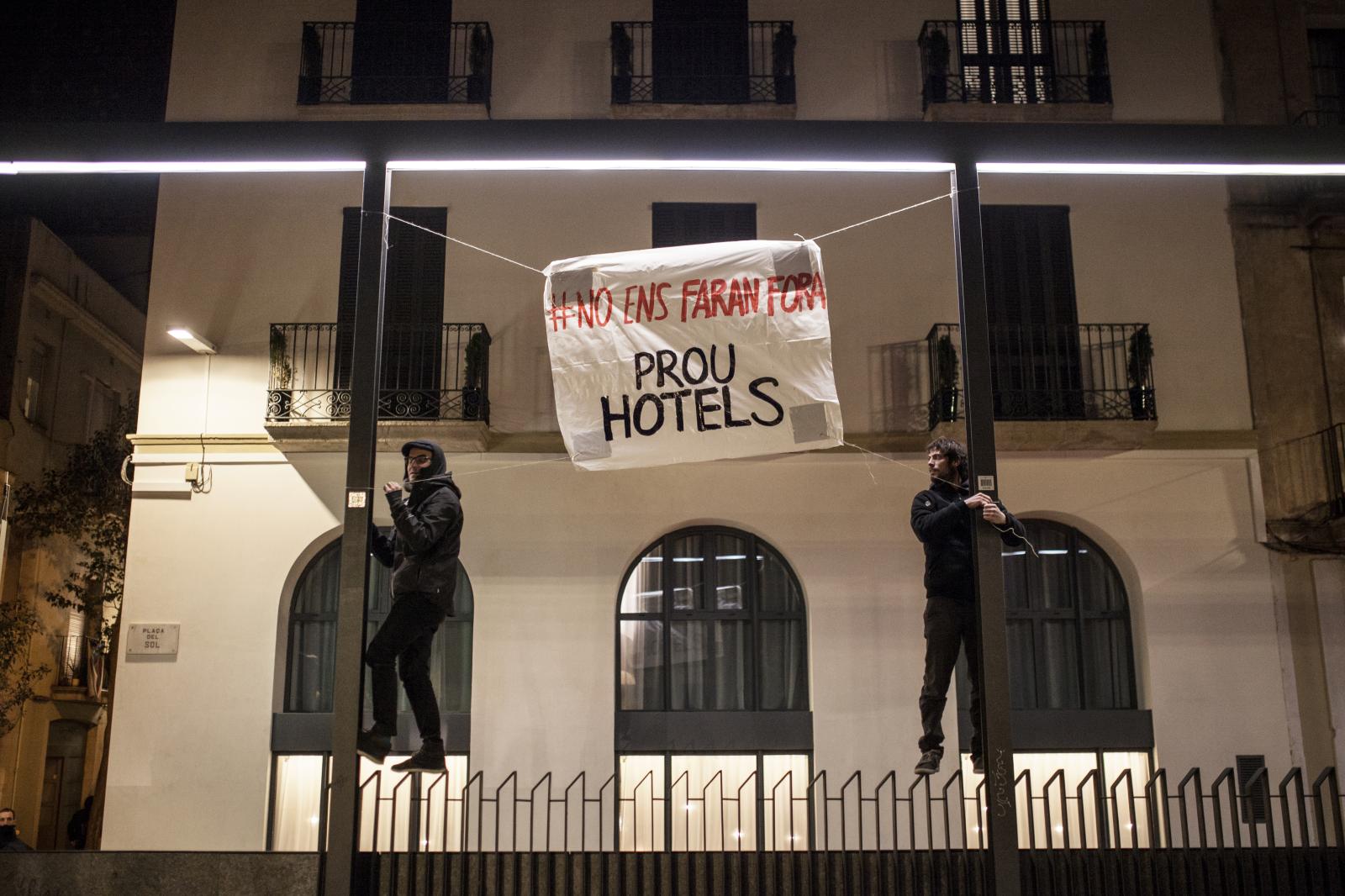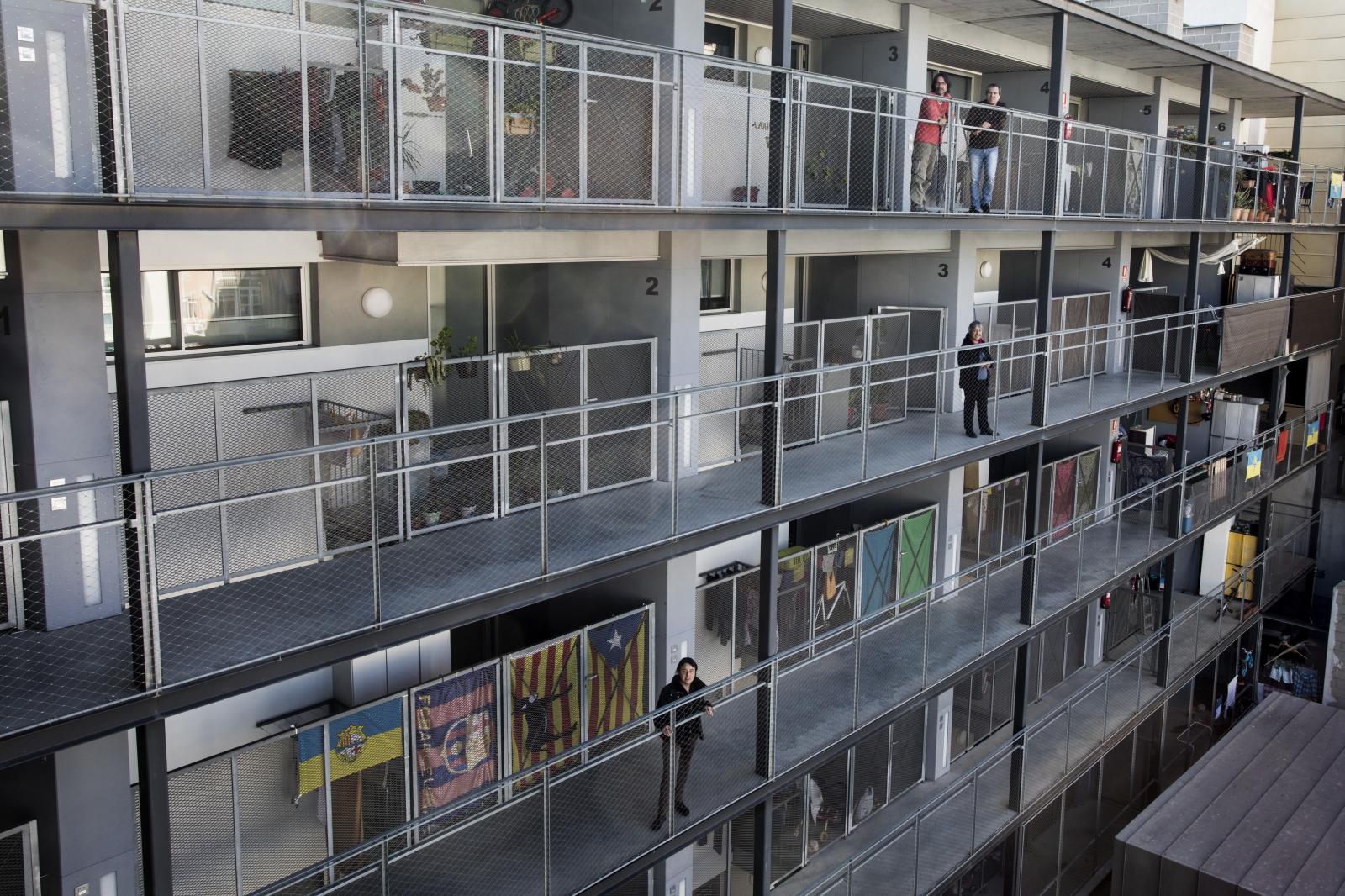While the whole world wants to see the capital of Catalonia with its own eyes, thousands of people are being expelled from this city day after day. A gentrification process that doesn't stop, driven by tourism, by the desire of digital nomads to live the "Barcelona experience", by low cost flights.
But some who live in this city struggle not to be driven out. They are Contramotus.Barcelona is the 20th most visited city in the world, and continues, year after year, to beat its record as a visitor. In 2017, Barcelona received more than 30 million tourists, leading the ranking of most visited cities in Europe together with London, Paris, Rome, and Berlin. This high trend is not a characteristic feature of the city, but has grown exponentially over the last decade. In fact, it had an increase of over 25% in just 4 years (from 2012 to over 34 million in 2016). High tourist pressure in a city with only 1.6 million inhabitants.
Low-cost flights, as well as popularization of flat renting Internet platforms by tourists such as Airbnb or Homeaway (which are cheaper than a hotel room), have contributed to the increase in tourists. With this crop casting, speculators have started buying whole blocks to transform the common-use housing into a part of the tourist industry. Owners of apartments see how it is possible to increase their own tickets by 400% if they rent tourists instead of those living in the city. For this reason, too, over 40% of the tourist apartments in Barcelona are illegal. This brings together the effect of reducing the housing stock by those who want to live in the city, resulting in a 17% increase in rental price in Barcelona.
These conditions have increased gentrification processes in different neighborhoods, and have been able to notice mass expulsion f. As of 2016, it was estimated that the old city district had lost 11% of its neighbors, and neighborhood like Gothic had lost half of its population in a decade. Scientific research shows that the relationship with tourist pressure is obvious. In fact, more than half of the buildings in the Gothic Quarter have tourist floors, and the number of beds (hotel or apartment) is equivalent to the number of neighbors.
El vols low cost, així com la popularització de plataformes internet de lloguer de pisos per turistes com Airbnb o Homeaway (que resulten més barats que una habitació d'hotel), ha contribuït a l'augment de turistes. Amb aquest caldo de cultiu, els fons especuladors han començat a comprar blocs sencers per transformar l'habitatge d'ús comú en una part de la indústria turística. Els propietaris d'apartaments veuen com és possible augmentar del 400% les pròpies entrades si lloguen a turistes en lloc de qui viu a la ciutat. També per això més del 40% dels apartaments turístics a Barcelona són il·legals, i això s'ajunta l'efecte de reducció del parc immobiliari per qui vol viure en la ciutat, cosa que ha comportat un augment del 17% del preu del lloguer només en l'any 2016.
Aquestes condicions han augmentat processos de gentrificació en diferents barris, han pogut notar expulsió massiva de les veïnes. En el 2016 ja es calculava que el districte de ciutat vella havia perdut l'11% de les veïnes, i barri com el Gòtic havia perdut la meitat de la seva població en una dècada. Investigacions científiques mostren que la relació amb la pressió turística és evident. De fet més de la meitat dels edificis del Barri Gòtic tenen pisos turístics, i el nombre de llits (d'hotel o d'apartament) son equivalent al nombre de veïnes.


